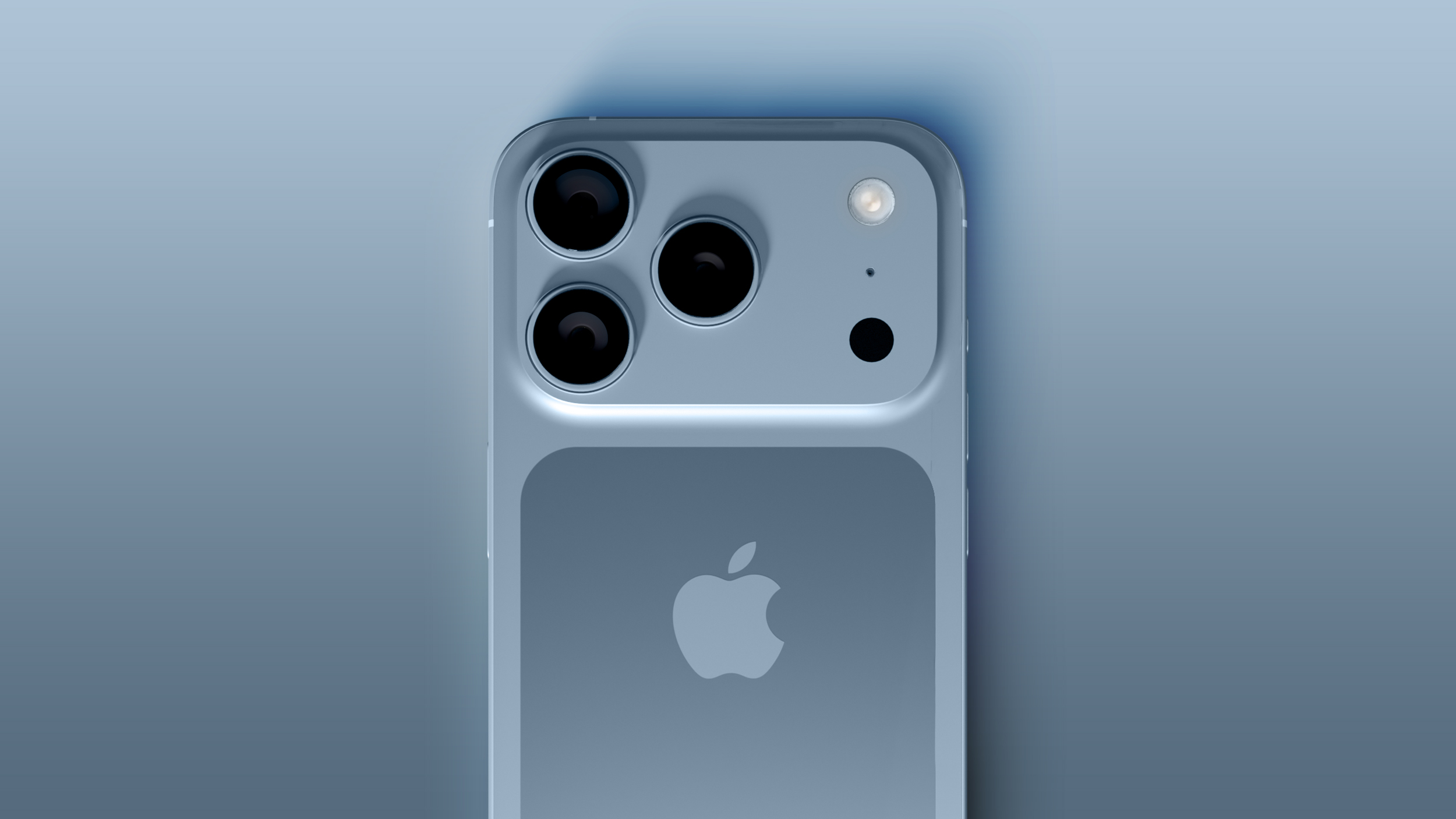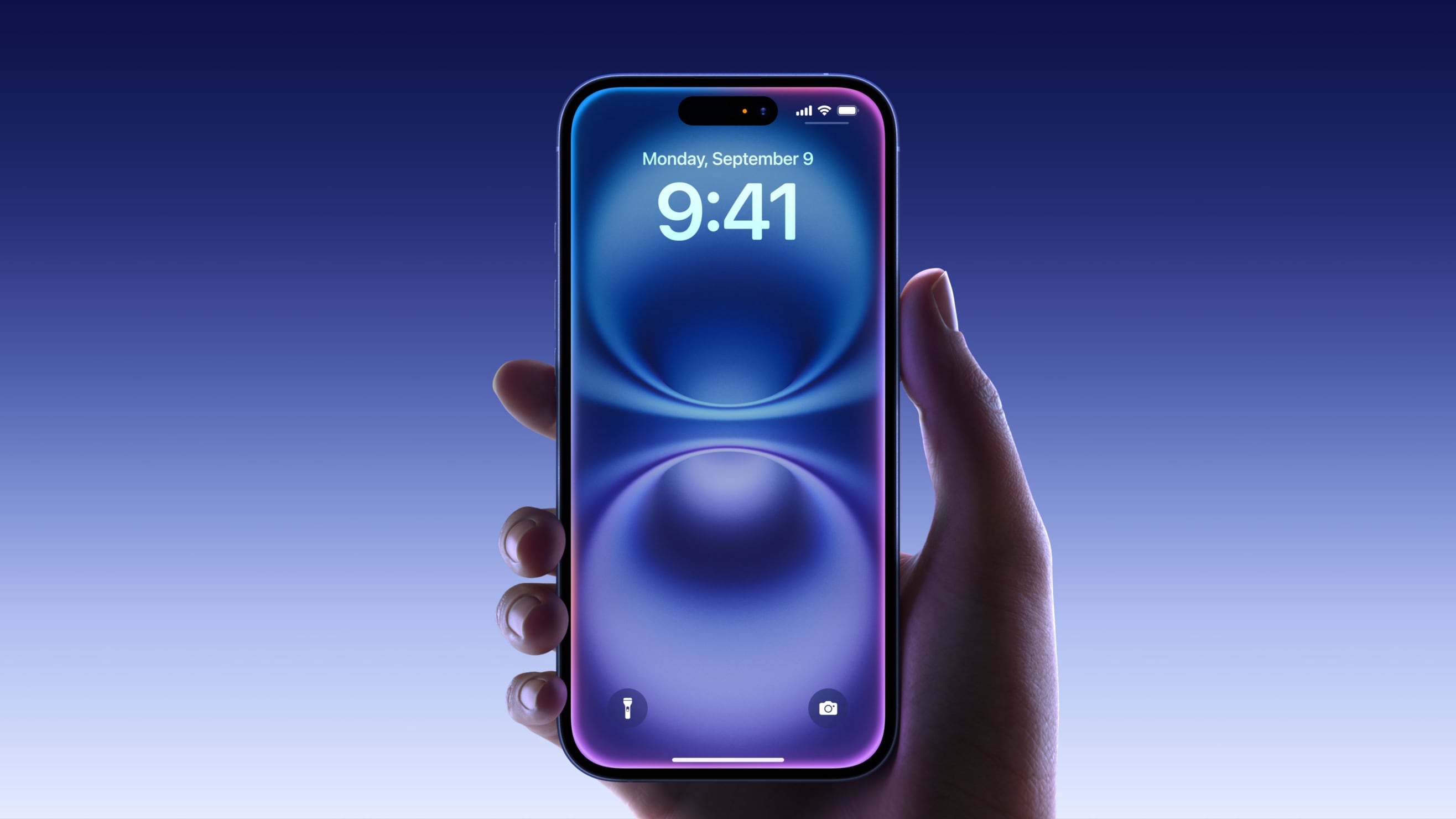Carv review: The smart way to improve your skiing
Skiing attracts thousands to the slopes each year. Many will have some lessons, but soon decide they’d rather go it alone.
That’s human nature, it seems, and it means that many stop learning when they think they are good enough and then just ski for leisure.
But what if there was a different way? One that freed you from the expense and formality of lessons, embraced the very latest technology, and could be a constant coach when you’re out skiing?
That way is Carv – or the Carv Digital Ski Coach – and we headed to the Austrian Alps to test it out.
Design and installation
Insole and battery packEverything comes in the box
Let’s start by talking about what Carv Digital Ski Coach actually is. It’s a sensor system that you install in your ski boots, allowing it to gather all sorts of data. It’s connected to your phone to process that data, while you can also connect your phone to a pair of headphones for real-time feedback. It’s a complete ski coaching system, using hardware and software.
That means there’s some installation, but it only takes about 5 minutes. The hardware is comprised of an insole, which is connected via cable to a battery unit that you clip onto the outside of your boot.
The insole sits between the liner of your ski boot and the hard exterior shell. You simply have to remove the liner from your boot and stick the Carv insole into the bottom of your boot using the adhesive pad.
The cables then run up the inside of the outside edge of the boot, again secured under an adhesive pad, and finally connect to the battery unit, which is the only visible part of the system, clipping to the exterior of the boot.
The battery unit has a substantial clip on it, which we secured to the bootstrap. Despite us having a couple of crashes, it was totally secure. It also sat nicely under the snow cuff on our salopettes, so once installed, you really don’t know it’s there.
How much does Carv cost?
There are two sides to Carv, the hardware and the software. At a basic level, the hardware costs $/£/€199 – but you then have to factor in membership that gets you ongoing access to the software.
There are tiered options, but you can get a “daily pass” from $/€99 or £79, but that actually gets you 6 days. Basically, this option is the most affordable, designed for those who might go on a 1-week skiing holiday each year.
Thereafter you have the option for an annual pass so you can use Carv as much as you like, which will cost $/€199 or £149. If you’re skiing regularly, for a couple of weeks or every weekend through the season, this might be the more appealing option.
Getting connected
Bluetooth LESmartphone essentialHeadphones recommended
The Carv system relies on your smartphone, where you’ll need to be running the Carv app (iPhone or Android). The app is great because it also includes full installation videos, so when you’re running through the steps above you can see exactly what you’re doing.
The app verifies and connects to the battery packs, giving you the chance to check everything works and to calibrate the force sensors (which is simply a case of lifting your leg up to unload it).
Once that’s done, you simply have to punch the start button in the app and start skiing as you normally would. The app runs in the background on your phone all day – there’s no need to stop and start anything, but of course, there’s stacks of data available when you do want to take a look – which we’ll talk about in a second.
Moving onto headphones – the system is designed to be used with headphones and some might feel uncomfortable about plugging in on the slopes. We used Apple AirPods with transparency turned on so you avoid that sense of isolation – and most good headphones offer this function and will fit under a helmet without issue.
Wearing headphones is important because it’s part of the magic that Carv offers – real-time feedback or tips and information when you stop skiing.
How does Carv actually work?
9-axis: accelerometer, gyroscope, magnetometer36 pressure sensors for each footBalance, edging, rotary, pressure
The key to Carv is the data it gathers and the algorithms used to interpret it. There are 36 pressure sensors in each sole, so those 72 sensors in total know exactly where the pressure is going through your feet. That means it can detect where your weight is and how you’re moving, which is critical for advancing your skiing skills.
The ability to detect 9-axis of movement supplies the rest of the data so the system knows how your skis are moving. Remember that this is on both skis, so it can detect how both sides are working together and what you might be doing in your turns that can be improved.
Of course, data is nothing without interpretation and that’s really what Carv does. Its algorithms take this data and look at four major metrics – balance, edging, rotary and pressure. These elements are the fundamentals of skiing, so by understanding these, Carv can determine what you’re doing and what you need to change to become a better skier.
That’s all happening being the scenes – what you actually see is a beautifully slick presentation, with tips and feedback both through the app and through your headphones that will nudge you into better skiing habits.
What is Carv actually like to use?
There are a number of different modes offered by Carv. This allows you to have more or less feedback, or a focus on particular areas. The basic option is simply called Free Ski. This will capture all the data, and will give you feedback when you stop for a while, but will otherwise leave you alone.
What it’s actually doing is tracking every movement while you ski and evaluating what’s going on. This is a great mode for casual skiing with friends, because you don’t have too much to listen to through the headphones, so you can just focus on having fun. But when you stop, you’ll get a tip, something small to think about while you’re skiing that might improve your technique a little.
We loved this mode and at the end of the day, you can see where you’ve been, how far, how fast, a readout of all the runs and lifts you used – as well as getting your Ski:IQ score. This is a single number to give you a sense of how well you turn. Alongside this are badged levels so you can see where you might be able to improve – giving you motivation to dig into some of the feedback that Carv can offer.
It’s really here that Carv comes to life: being able to drill down into the data for every turn can highlight where you can improve, with tips and associated gifs and videos in the app to guide you. Many of these are similar to what you get from a ski lesson. Anecdotally, Carv picked up on some aspects of this reviewer’s technique that matched the feedback given during a previous one-on-one coaching session.
This fills us with great confidence: being able to provide detailed tips, like “try rolling your uphill knee towards the slope”, targets a very specific part of a turn that could result in better overall technique.
There’s a lot of fun to be had too – Carv isn’t a nagging bore. While there are some modes that give you feedback on every single turn, which can be a bit much, what it really does is gamify skiing. Not in terms of speed or difficulty of slope, but in terms of precision of technique. During this test we spent a whole day skiing with company founder Jamie Grant, who, despite skiing a lot, managed to level up in Carv.
The jubilation was clear to see – and that’s what Carv really gives you – something else to aim for. It’s not just about having fun skiing, it’s about gently putting you back on a learning trajectory.
There are modes to challenge you, training modes to focus on a particular skill, and monitors to give you constant feedback.
For many of us, skiing holidays have become fun family times, where you ski with your loved ones and just accept that you’re not getting any better. But add Carv to the mix and you’ll have little tips, or technique points, that you can address while you’re gently skiing with others – and they’ll never know.
Expanding the Carv experience
Train with an OlympianVideo coachSubscription costs
Carv launched as a hardware product you bought into, but it’s the expansion of the app experience where the real value lies. This is where subscriptions come in, allowing ongoing access to the full range of features.
New additions for 2022/23 include Train with an Olympian mode. For this, Carv teamed up with Ted Ligety, Olympic gold medallist and world champion. That in itself is a glowing endorsement for Carv’s technical ability, but it’s also hugely fun. Ted provides video and audio feedback through a ranked system, where you have to improve your skill to level up.
It is, essentially, a real-world skiing game and another aspect where you’ll be able to flip to that mode and get just that little bit more out of your skiing holiday. Once you get to your natural ability point, you’ll have to work hard to progress, each step making your technique better, until you’re a great carver.
Another new addition is Video Coach. This allows you to record video of someone skiing, and then to share that video with them through Carv. Carv cleverly syncs the timestamps, so you’ll get your data overlaid on the video – then you can see exactly what you’re doing, what works and what doesn’t. It’s another great coaching tool for targeting technique problems – it’s also great for sharing and looking back at what you were doing, both right and wrong.
Of course ,many people won’t go skiing that often and might baulk at the $199/£149 ongoing cost for membership, giving you unlimited access to Carv’s offering for the year. However, for those who typically have a one-week holiday, once a year (like many in the UK), the £79 option will cover you for a week on the slopes. Considering it’s considerably cheaper than having a week’s worth of private ski lessons, it’s actually pretty good value.





